Macaroni and Cheese: A Comfort Food Classic with Endless Possibilities
Macaroni and cheese is a timeless comfort food that has warmed hearts and bellies across the world for centuries. From the creamy, velvety sauce to the satisfying bite of perfectly cooked pasta, this dish has a way of evoking memories of family gatherings, cozy nights in, and holiday celebrations. Whether you’re a fan of the classic stovetop version or you prefer a baked twist with a golden, crunchy top, macaroni and cheese is a dish that speaks to the soul.
Table of Contents
Key Takeaways:
- Origin & Cultural Importance: Mac and cheese originated in Europe, with versions dating back to the 1700s in Italy and later in the United States.
- Key Ingredients: Pasta, cheese, butter, and milk (or cream) are essential. The choice of cheese is vital for flavor.
- Cooking Method: It can be made by boiling pasta and mixing with a creamy sauce, or baked for a crisp top layer.
- Serving Style: Often served as a main dish or side dish, macaroni and cheese is great for casual dinners or festive feasts.
- Variations: There’s room for creativity with ingredients like bacon, breadcrumbs, or spices. Make it your own!
- Nutritional Benefits: While indulgent, the dish provides protein from cheese and pasta, and can be made healthier with lighter ingredients.
- Cultural Heritage: Macaroni and cheese has played a role in American cuisine and is often a beloved dish during holidays like Thanksgiving.
Cultural History: From Europe to America
Macaroni and cheese, as we know it today, has evolved significantly over the centuries. The dish’s roots can be traced to Europe, specifically Italy, where early versions of macaroni with cheese were popular as early as the 1700s. It wasn’t until the 18th century that the dish made its way to America, where it became a symbol of comfort food and a favorite at family meals.
In the U.S., macaroni and cheese gained significant popularity thanks to its inclusion in Thomas Jefferson’s culinary repertoire. After traveling to France and Italy, Jefferson fell in love with the concept of macaroni and cheese and brought it back to America, where it quickly became a favorite among the American elite. However, it was during the Great Depression that the dish truly became a staple in homes across the country, largely due to its affordability and ease of preparation.
Over time, regional variations have emerged. In the South, you’ll find mac and cheese served with a crispy, golden top, while in the Midwest, it’s often more of a creamy, stovetop dish. The dish has even made its way into global cuisine, inspiring variations in countries like the UK, where it’s enjoyed as “macaroni cheese,” and in the Caribbean, where it’s often spiced up with flavorful ingredients like peppers and thyme.
Essential Ingredients
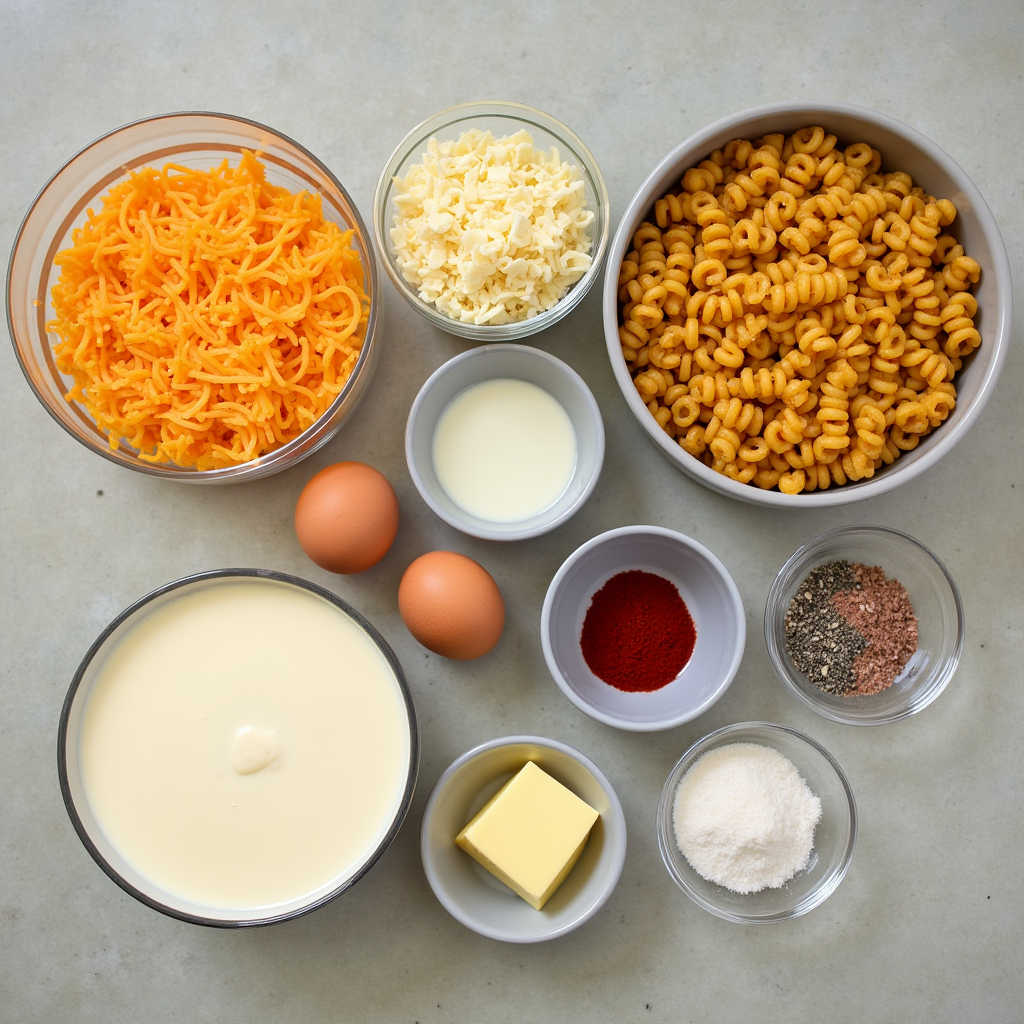
Ingredients For Macaroni and Cheese
The beauty of macaroni and cheese lies in its simplicity. You don’t need a long list of ingredients to create a dish that’s both satisfying and delicious. Here’s what you’ll need to make the perfect mac and cheese:
- Macaroni Pasta: The shape is key! Traditional elbow macaroni is the most popular choice, but feel free to experiment with other pasta shapes like shells, cavatappi, or even penne.
- Cheese: The star of the show. Sharp cheddar is a classic choice, but combining it with milder cheeses like mozzarella or Gruyère can elevate the flavor and meltability.
- Butter: Adds richness and flavor to the cheese sauce.
- Milk or Cream: A creamy texture is essential, so use whole milk or heavy cream for the best results.
- Flour: Used to create a roux, which thickens the sauce and ensures it coats the pasta perfectly.
- Seasoning: Salt and pepper are a must, but you can also experiment with garlic powder, onion powder, mustard powder, and paprika to deepen the flavor.
Preparation and Marination Techniques
Macaroni and cheese doesn’t require much marination or advance preparation, but there are a few techniques you can use to ensure your dish turns out perfectly:
- Pasta: Make sure to cook the pasta al dente, as it will continue to soften when mixed with the cheese sauce. Overcooked pasta can turn mushy, so be sure to watch your timing.
- Roux: For a smooth, lump-free cheese sauce, make sure to cook your butter and flour together until bubbly but not browned. This will form the base for your sauce.
- Cheese: Shred your cheese yourself for the best meltability. Pre-shredded cheese often contains additives that prevent it from melting smoothly.
- Resting: Let the dish rest for a few minutes after baking. This helps the sauce thicken and makes it easier to serve.
The Secret to Authentic Seasoning
The key to making truly memorable macaroni and cheese lies in the seasoning. The cheese itself brings a lot of flavor, but the subtle addition of spices can elevate the dish to the next level. Here’s how to season it authentically:
- Mustard Powder: This little-known ingredient adds a tangy depth that complements the richness of the cheese without overwhelming the dish.
- Paprika: A touch of paprika can add color and a slight smokiness, especially if you’re opting for a baked version.
- Garlic and Onion Powder: These can help deepen the savory flavors in the dish.
- Hot Sauce or Cayenne: For those who like a little kick, a dash of hot sauce or cayenne pepper can add a gentle heat that contrasts beautifully with the creamy cheese.
Adjusting these ingredients to suit your preferences can make your macaroni and cheese uniquely yours. Don’t be afraid to experiment with different cheeses or seasonings!
Step-by-Step Cooking Method
- Cook the Pasta: Bring a large pot of salted water to a boil. Add the macaroni and cook according to the package instructions, until al dente. Drain and set aside.
- Make the Roux: In a large saucepan, melt 3 tablespoons of butter over medium heat. Whisk in 3 tablespoons of flour and cook for about 1-2 minutes, until it forms a smooth paste.
- Add Milk: Slowly whisk in 2 cups of milk (or cream) and cook, whisking constantly, until the sauce thickens and is smooth.
- Add Cheese: Stir in 2 cups of shredded cheese and cook until melted and creamy.
- Season: Add salt, pepper, mustard powder, and any additional seasonings you like.
- Combine: Pour the sauce over the cooked pasta and stir to combine. If you’re baking it, transfer it to a greased baking dish, top with more cheese, and bake at 350°F for about 20-25 minutes until bubbly and golden.
Common Mistakes to Avoid
- Overcooking Pasta: If the pasta is too soft when mixed with the sauce, it can become mushy. Cook the pasta al dente for the perfect texture.
- Lumpy Sauce: Always whisk the flour and butter well to create a smooth roux, and slowly incorporate the milk to avoid lumps.
- Under-seasoning: Don’t forget to taste and adjust the seasoning. A pinch of salt or a dash of hot sauce can make all the difference.
- Using Pre-shredded Cheese: Pre-shredded cheese often contains anti-caking agents that prevent it from melting smoothly, so shred your own cheese for the best results.
Traditional Side Dishes & Accompaniments
Macaroni and cheese is incredibly versatile, so you can pair it with a variety of side dishes and accompaniments:
- Green Salad: A fresh, crisp salad with vinaigrette can balance out the richness of mac and cheese.
- Garlic Bread: A classic side to soak up any extra cheese sauce.
- Coleslaw: Adds a refreshing, crunchy contrast to the creamy texture.
- BBQ Ribs or Fried Chicken: For a Southern-inspired meal, mac and cheese pairs wonderfully with smoky, savory meats.
Storage and Reheating Guidelines
Leftover macaroni and cheese can be stored in an airtight container in the refrigerator for up to 3 days. To reheat, place it in a baking dish, cover with foil, and bake at 350°F for about 20 minutes. If the dish seems dry, add a splash of milk or cream before reheating. For longer storage, macaroni and cheese can be frozen for up to 3 months. Simply thaw in the fridge overnight and reheat in the oven.
Conclusion
Macaroni and cheese is more than just a dish – it’s a tradition, a comfort, and a canvas for culinary creativity. Whether you stick to the classic recipe or venture into new flavor combinations, this dish will never fail to satisfy. So, get in the kitchen, gather your ingredients, and create your own version of this beloved classic. Don’t forget to share your results in the comments, and tell us how you made this dish your own!
FAQ Section
Can I substitute ingredients? Yes! You can swap out the pasta for gluten-free varieties, use non-dairy milk and cheese for vegan versions, or experiment with different cheese combinations to change the flavor profile.
How can I make it vegan or gluten-free? For a vegan version, use plant-based cheese, butter, and milk. For a gluten-free version, use gluten-free pasta and a gluten-free flour blend for the roux.
What’s the best way to adjust the recipe for larger or smaller servings? To scale the recipe, simply adjust the quantities of pasta, milk, and cheese in equal proportions. If you’re making it for a crowd, you can double or triple the recipe, and for smaller servings, halve it.
Are there any popular variations of the dish? Absolutely! From adding bacon, breadcrumbs, or jalapeños to incorporating lobster or truffle oil, macaroni and cheese is a dish that lends itself well to creative variations. Try adding your favorite ingredients to give it your personal touch!

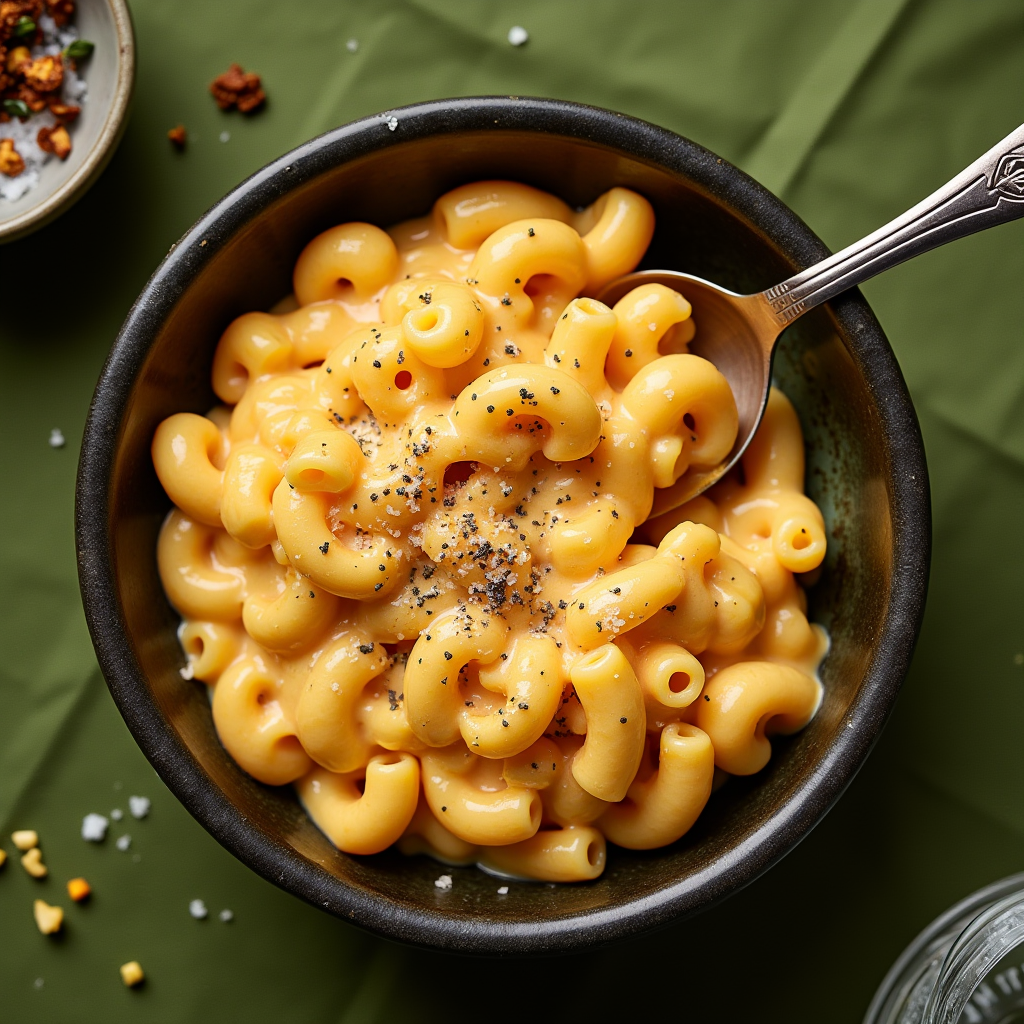

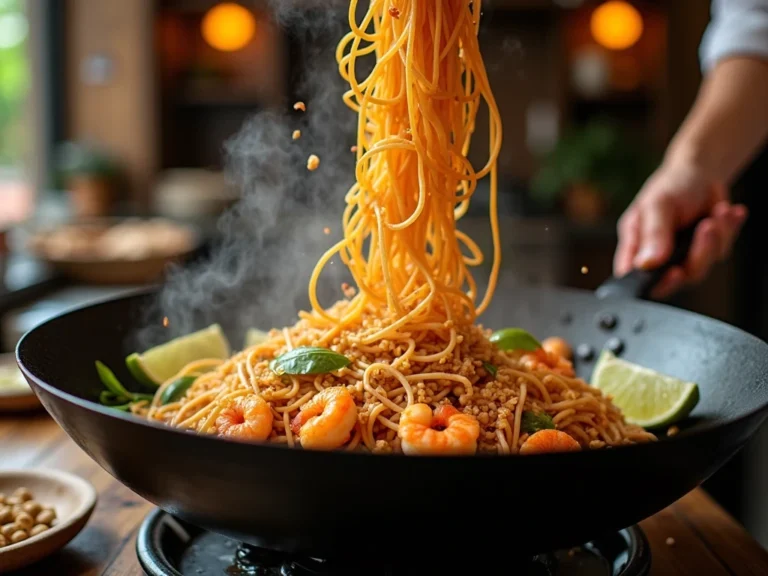
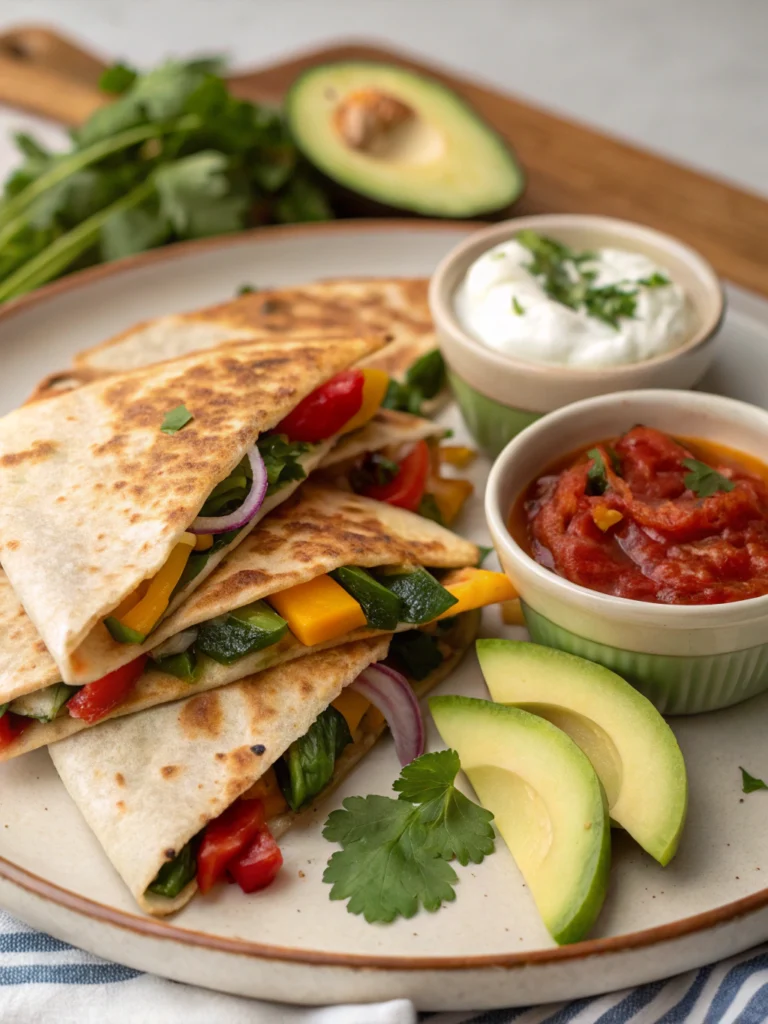
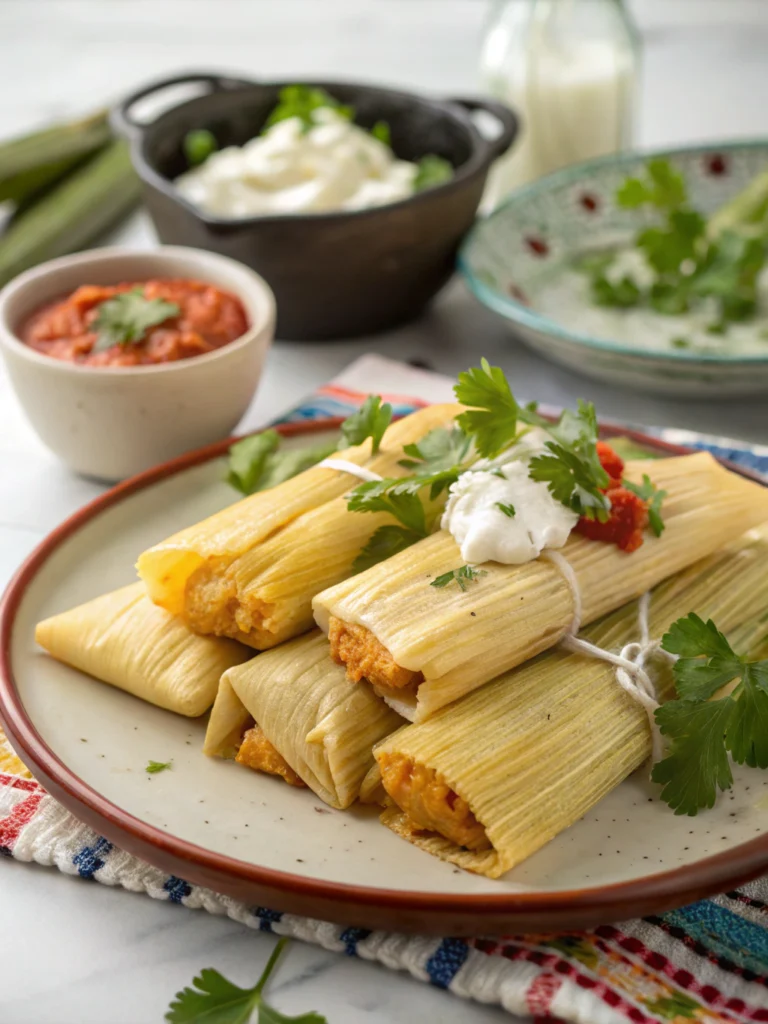
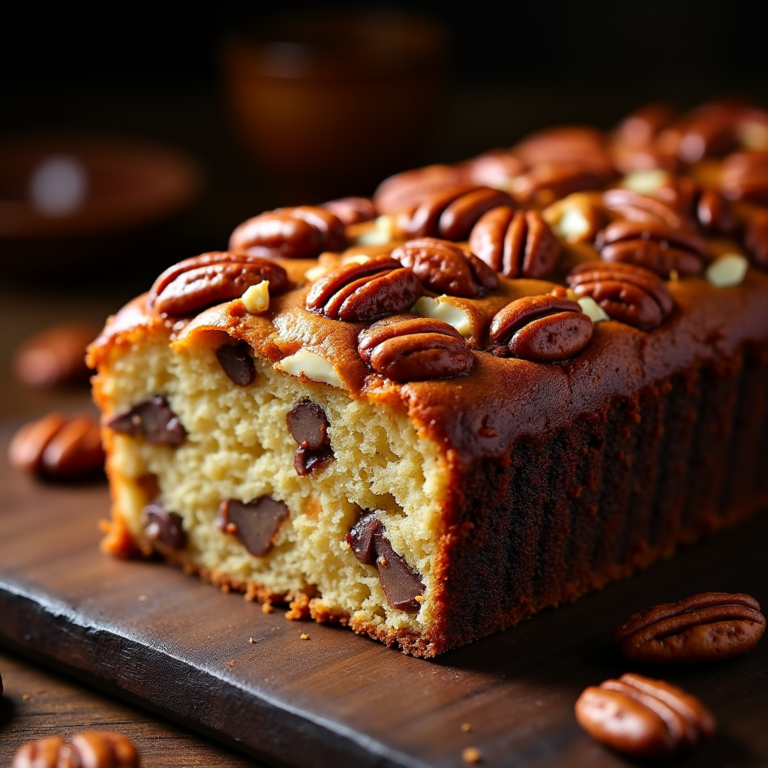
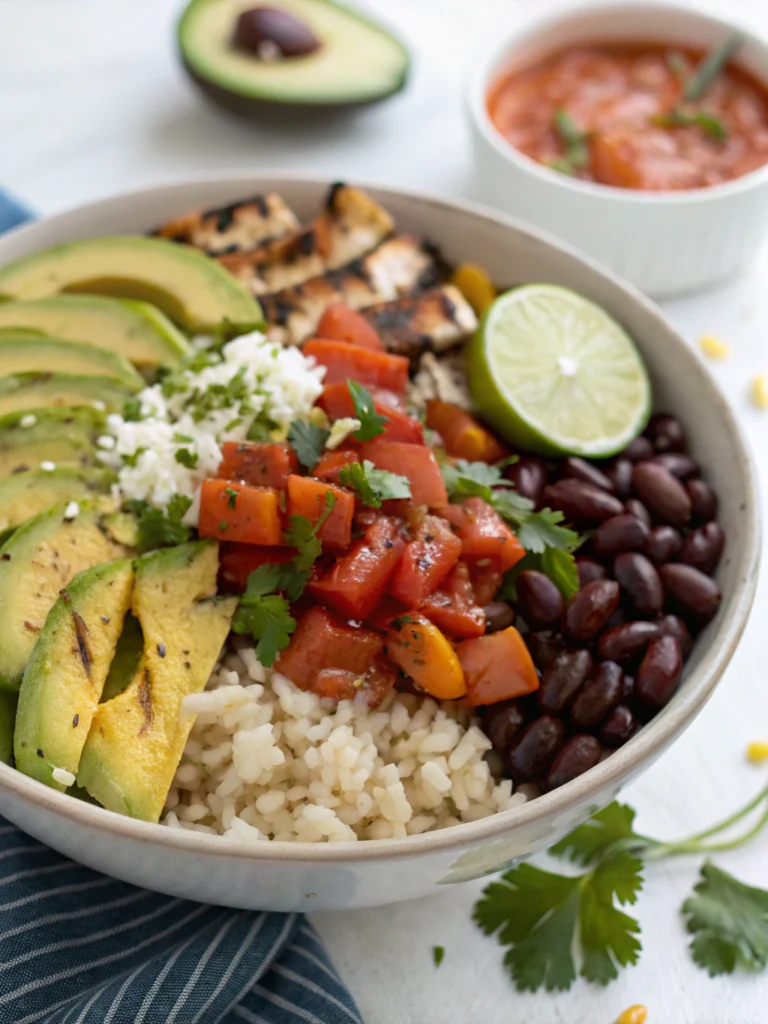
One Comment